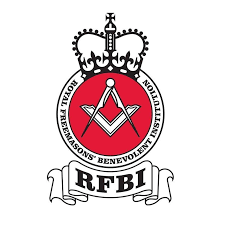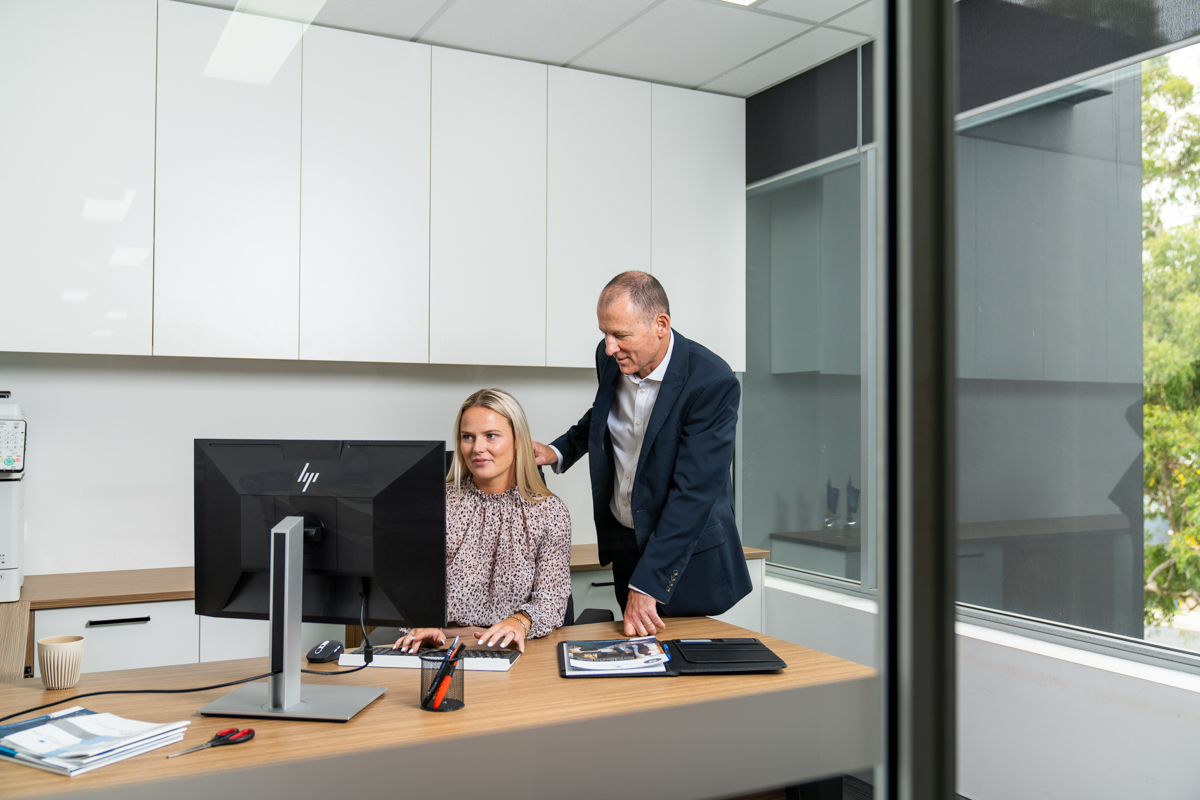PANDEMIC PROPERTY PROTECTION ADVICE
The COVID 19 Pandemic has thrown up many challenges to individuals and businesses alike, and social distancing procedures have forced many businesses to cease trading leaving their premises unoccupied or at the very least idle. If you find yourself in this situation we have prepared some practical advice on how to protect your assets during this period.
SITE SECURITY
Secure your property (buildings, external equipment and company-owned vehicles) to prevent intentional or accidental damage to property.
Limit site access to authorised personnel during any emergency. Authorised personnel may include employees, contractors, suppliers or customers.
Secure and inspect all potential entrance points to your facility, including external doors, skylights, windows and fences.
Inspect and test exterior lighting systems at least weekly.
All security services must remain in place and functioning.
Test all existing security systems to ensure in good working order, including relay of remote alarms.
Existing back to base systems must continue to be used. We recommend those without back to base systems to have that arranged.
Signs on entry points including ground floor windows advising no cash kept on premises
No cash, securities etc is to be kept on the premises including in safes, floats, poker machines (If the business is not operating, cash should really be in the bank). ATMs should be emptied, Safes should be emptied.
FIRE PROTECTION EQUIPMENT
Ensure your fire protection systems remain in good working condition to reduce the consequences of a fire at your facility.
Inspect all fire protection systems, including fire pumps, sprinkler systems, gaseous-suppression systems and water tanks/reservoirs for good working condition.
All alarm panels must show all areas as active and no isolations/faults.
Lock all fire protection control valves in the wide-open position and inspect on a weekly basis.
Inspect manual firefighting equipment (fire extinguishers, fire hose) for correct location, accessibility and good working condition.
Close or remove any obstruction from self-closing fire doors.
Test and maintain fire protection systems and fire alarms throughout the emergency according to normal schedules.
Manage any impairment of fire protection equipment using Fire Impairment systems and be sure to notify your account manager / your insurer prior to each impairment.
HOUSEKEEPING
Maintain good housekeeping standards throughout the emergency to reduce the fire and arson hazard.
All non-essential electrical appliances etc to be switched off and disconnected (non-essential means items no longer used due the non-operation of the premises such as but not limited to appliances, ovens, heaters etc).
Remove all trash from inside and around the building.
During this time the Insured should be encouraged to removal all non-essential non-combustible items from inside and around the building.
Provide at least 50-ft. (15.2-m) of separation between any combustible yard storage and buildings.
IGNITABLE LIQUID
Reduce your fire hazard with safe handling and storage of combustible or ignitable liquid and gas during the emergency.
Minimise quantities of material stored on site.
Relocate storage of these products from idle production areas to dedicated ignitable-liquid storage areas, using appropriately rated containers.
Drain any idle processes using such material, including dip tanks, quench tanks and storage tanks, into appropriate containers and clean and/or inert, as required.
MANUFACTURING OPERATIONS
Monitor site conditions and take appropriate action to minimise property damage during the emergency.
Unplanned interruptions to utilities e.g. electricity, gas, water, or absence of trained operators could result in damage to equipment and process material.
Shut down non-critical or non-essential utilities, process and support equipment.
Lock out/tag out idle equipment according to company policy.
Maintain idle equipment according to manufacturer’s guidelines.
Secure cranes and other material-handling equipment.
Prior to start-up of equipment or processes, ensure all equipment safety controls and interlock devices are fully operational.
Follow established procedures or manufacturer’s guidelines for placing idle equipment back in service.
GENERAL ITEMS
For sites that will not have staff there each day we recommend someone (e.g. manager, caretaker, security patrol) to inspect the site at least 3 times a week.
Protect valuable drawings, records and similar material by storing them in fire-rated, watertight file cabinets, vaults or safes.
Determine if there is spoilage potential for existing product or raw material storage and take steps to reduce your exposure.
Fill fuel tanks of generators, fire pumps and company- owned vehicles.
Test and maintain on-site emergency power systems.
If no backup power is available on site, turn off electrical switches during any unplanned power failures to prevent reactivation of equipment before necessary checks are completed.
Communicate with employees, key customers and vendors on status of your operations.
If you have questions regarding these recommended measures or need any advice on your insurance program please call your Account Manager, or the office on:
(02)9587 3500 or theteam@wsib.com.au

















